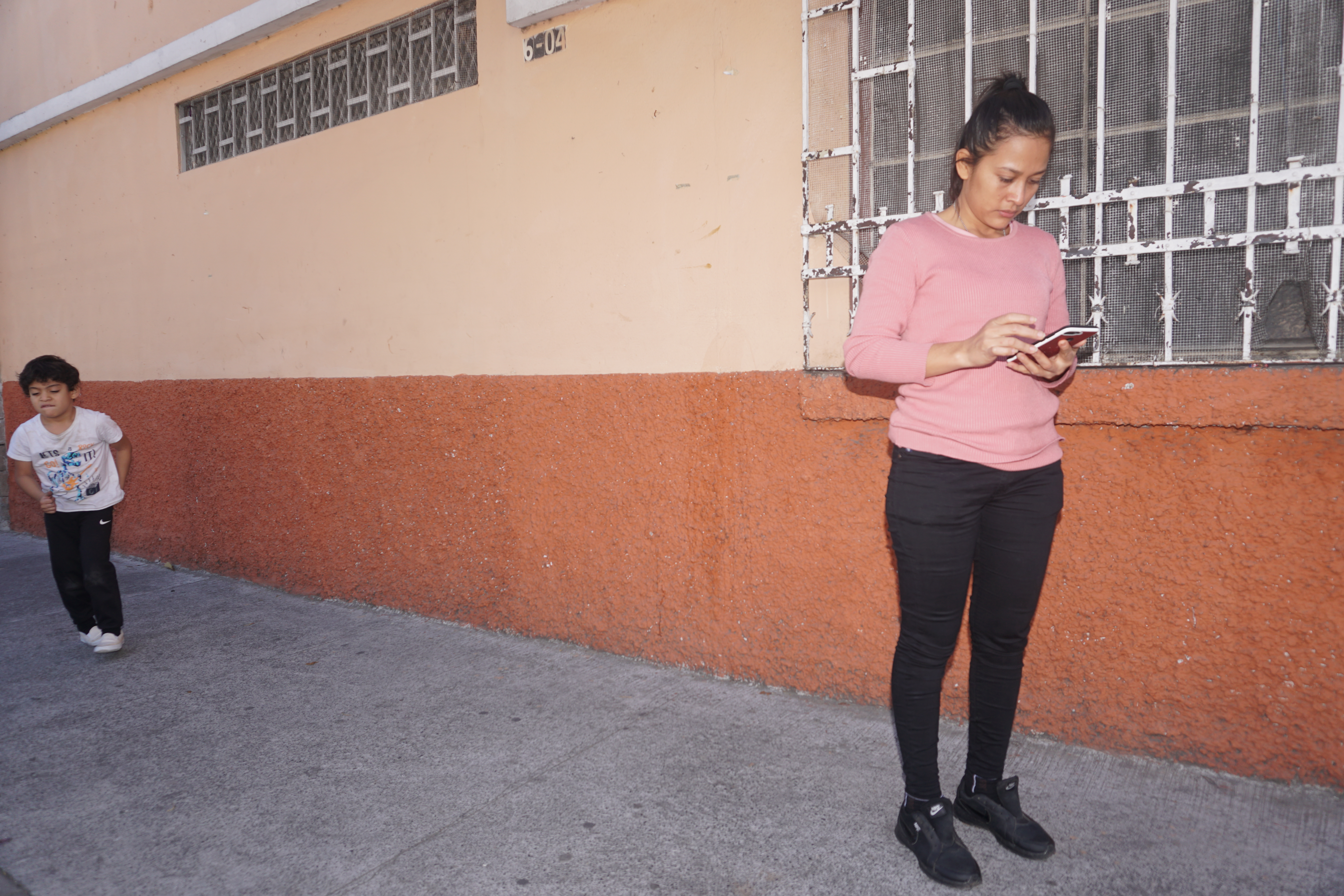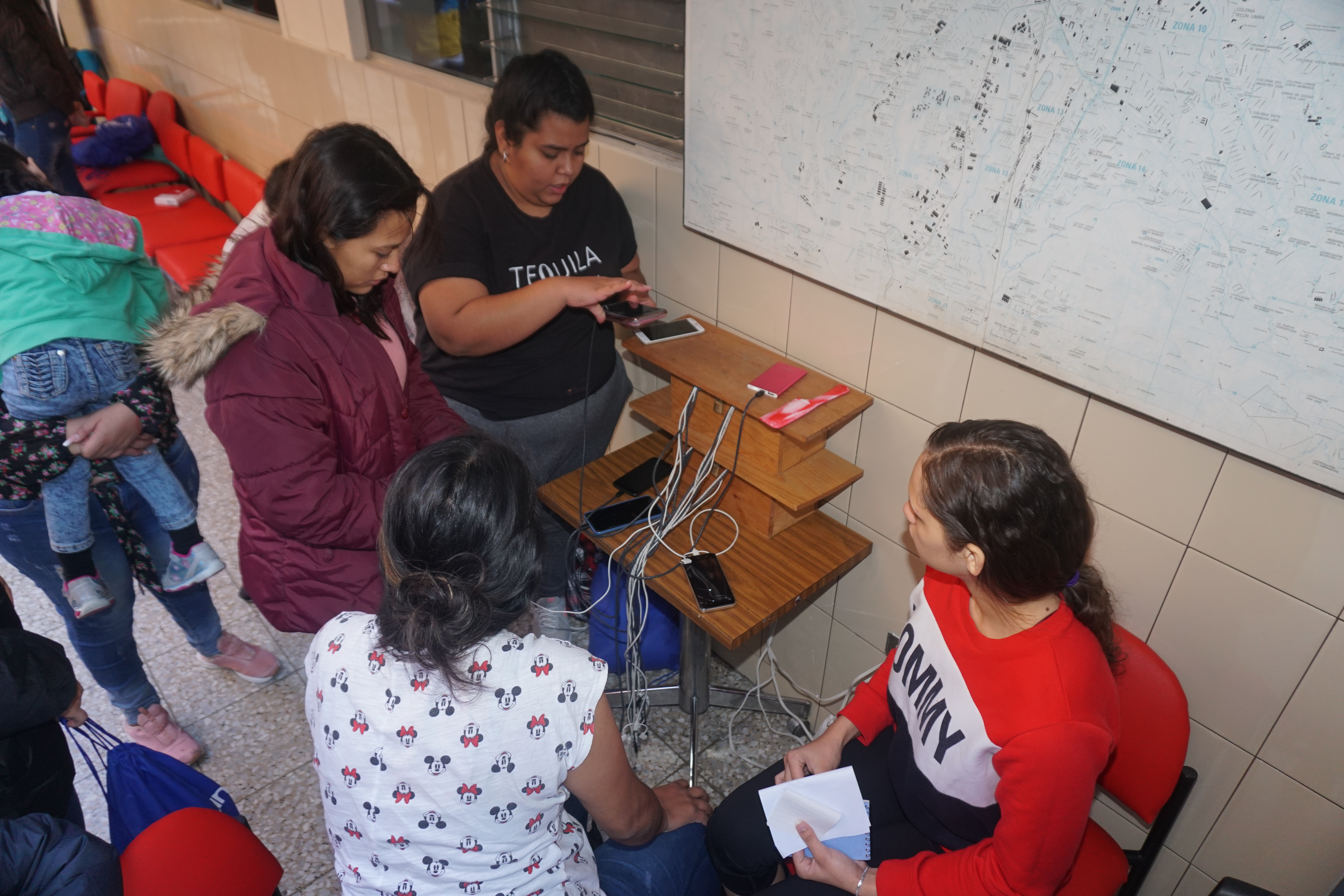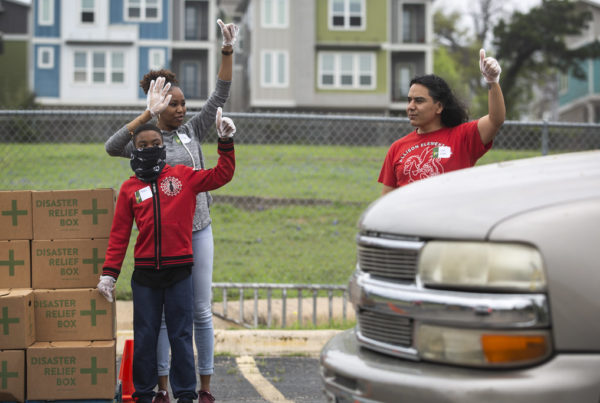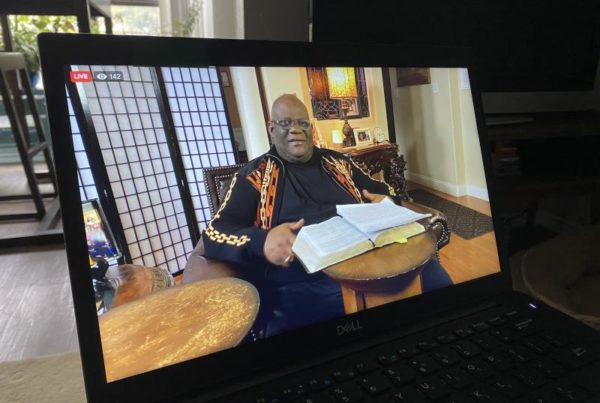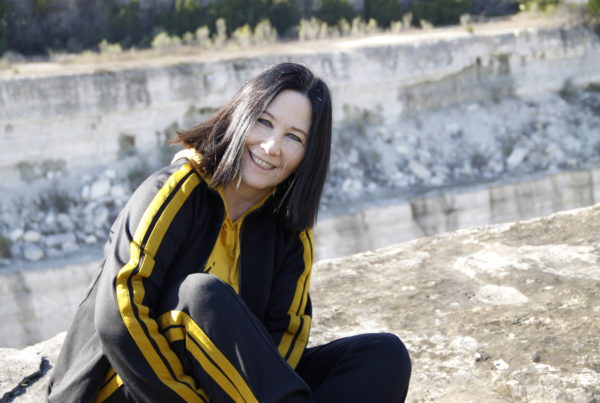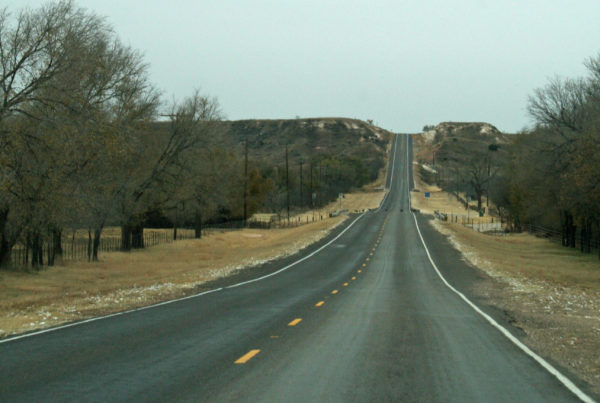In early March, Guatemala closed its borders and airports to stem the spread of the COVID-19 virus. But there was one special set of flights still allowed in – and it was for immigration enforcement. Asylum seekers from Honduras and El Salvador were being deported to Guatemala, with the planes lifting off from Texas. A few days ago, Guatemala temporarily suspended acceptance of these flights. But many detainees have already landed there and claim they were misled about where they were going in the first place. This story from Lorne Matalon in Guatemala City.
The fights were conducted under a Trump administration policy that is under challenge in U.S. federal court. Opponents claim U.S. law and international treaty obligations are being violated by sending people to countries where they face certain danger.
Blanca Díaz is a 26-year-old from Usulutan, El Salvador where she operated a one-person unisex hair salon from home. She says she received extortion threats from pandilleros, criminals who are soldiers for organized crime. Pandilleros are akin to parallel states in Central America’s Northern Triangle – a security-challenged region comprising El Savador, Guatemala and Honduras.
After detailing a string of extortion threats and payments, she says she opted to leave El Salvador. She related the difficult choice she says she had to make; stay in an insecure situation or leave all that she loves to find safety elsewhere. Díaz says she paid $12,000 to a coyote, a human smuggler, to bring her from El Salvador to the U.S. border. She had crossed the Rio Grande where Reynosa, in the Mexican state of Tamaulipas, meets McAllen, Texas. She was arrested in McAllen and placed into the migrant detention center there. Days later, she says she and other Salvadorans and Hondurans were placed onto a bus in handcuffs. Several hours later, she arrived at an airport.
“Once I saw the airport in Texas, I knew something wasn’t right,” she says.
She wasn’t sure where she was. She says the bus passed signs indicating the airport was somewhere either in or near San Antonio. She says that she was crushed when she saw a lone jet at an otherwise empty, non-civilian airport waiting to meet the bus
“They told me I was going to another place to continue my application for asylum. I wasn’t sure where that was but I thought it was inside the U.S.,” she says.
Diaz was being sent to Guatemala. I heard similar stories from multiple people unsure of where they were going when they departed Texas or what it meant for their U.S. asylum cases. A Department of Homeland Security spokesperson asserted in an emailed statement that asylum seekers are told that they’re being sent to Guatemala.
Note: This post has been updated to reflect the fact that Guatemala has suspended acceptance of U.S. deportation flights.


